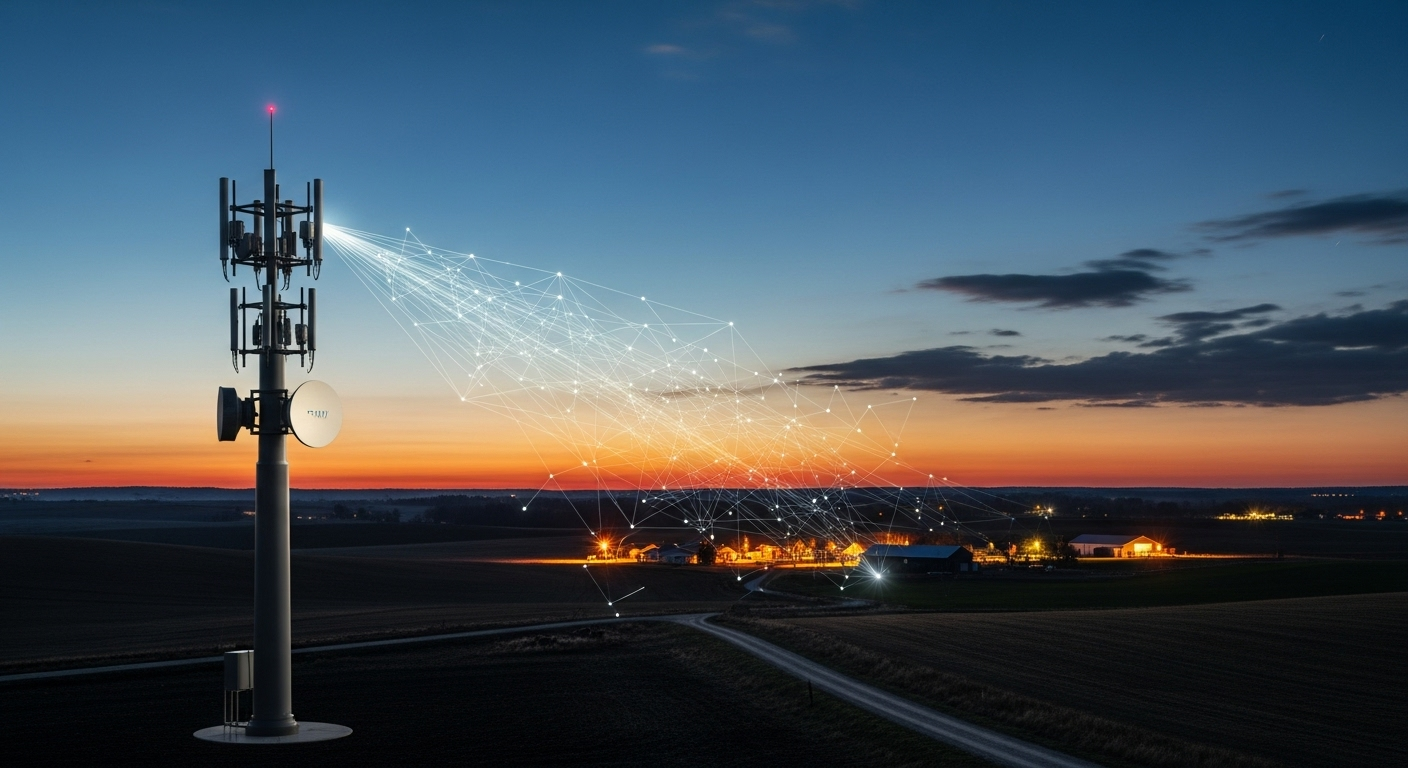Millimeter Wave Technology: Revolutionizing Short-Range Communication
The realm of wireless communication is on the brink of a transformative leap forward with the advent of millimeter wave (mmWave) technology. This cutting-edge innovation promises to reshape our connectivity landscape, offering unprecedented data speeds and capacity for short-range applications. As we stand at the cusp of this technological revolution, it's crucial to understand the potential and challenges of mmWave in reshaping our digital experiences.

The key advantage of mmWave lies in its ability to carry vast amounts of data over short distances. This characteristic makes it ideal for applications requiring high bandwidth in densely populated areas or specific locations where traditional wireless technologies struggle to meet increasing data demands.
The Promise of Ultra-High-Speed Connectivity
One of the most exciting aspects of mmWave technology is its potential to deliver multi-gigabit speeds to end-users. In practical terms, this means downloading a full-length HD movie in seconds rather than minutes, or enabling real-time streaming of 8K video content without buffering. Such speeds could revolutionize industries relying on rapid data transfer, from healthcare to finance and beyond.
Moreover, mmWave’s high capacity could alleviate network congestion in crowded areas like stadiums, concert venues, and airports. By offloading data traffic from traditional cellular networks to mmWave small cells, network operators can ensure consistent high-speed connectivity even in the most demanding environments.
Overcoming Technical Challenges
Despite its promising potential, mmWave technology faces several technical hurdles. The most significant challenge is its limited range and susceptibility to physical obstacles. Millimeter waves can’t penetrate buildings or even foliage effectively, and they are easily absorbed by rain and atmospheric gases. This necessitates a dense network of small cells to ensure consistent coverage, particularly in urban environments.
Engineers are working on innovative solutions to mitigate these issues. Advanced beamforming techniques, which use multiple antennas to focus signals in specific directions, can help extend range and improve signal quality. Additionally, the development of intelligent repeaters and reflective surfaces could help mmWave signals navigate around obstacles, expanding coverage in complex urban landscapes.
Applications Beyond Mobile Networks
While much of the discussion around mmWave technology focuses on its potential for mobile networks, its applications extend far beyond smartphones. Fixed wireless access (FWA) is emerging as a promising use case, offering a viable alternative to fiber-optic broadband in areas where laying cables is impractical or cost-prohibitive.
In the automotive industry, mmWave radar systems are being developed for advanced driver-assistance systems (ADAS) and autonomous vehicles. These high-resolution radar systems can provide detailed information about a vehicle’s surroundings, even in poor visibility conditions.
The Role of mmWave in Smart Cities
As urban populations continue to grow, cities are turning to technology to improve efficiency and quality of life. Millimeter wave technology could play a crucial role in realizing the vision of smart cities. High-capacity, low-latency mmWave networks could support a dense network of sensors and connected devices, enabling real-time monitoring and management of urban infrastructure.
From traffic management systems that reduce congestion to smart energy grids that optimize power distribution, mmWave technology could provide the backbone for a new generation of urban services. The technology’s ability to handle massive amounts of data in real-time makes it ideal for applications like crowd management, emergency response coordination, and environmental monitoring.
Regulatory and Deployment Considerations
The successful deployment of mmWave technology hinges on supportive regulatory frameworks. Governments and regulatory bodies worldwide are working to allocate appropriate spectrum for mmWave applications, balancing the needs of various stakeholders including telecom operators, satellite communications, and scientific research.
Deployment strategies for mmWave networks will differ significantly from traditional cellular networks. The limited range of mmWave signals necessitates a much denser network of small cells, which presents both challenges and opportunities. While this requires significant infrastructure investment, it also allows for more targeted coverage and capacity enhancements in high-demand areas.
The Future of Short-Range Communication
As we look to the future, millimeter wave technology stands poised to redefine our expectations of wireless connectivity. Its ability to deliver unprecedented data speeds and capacity over short distances opens up a world of possibilities, from enhancing mobile broadband experiences to enabling new applications in industries ranging from healthcare to entertainment.
However, realizing the full potential of mmWave technology will require continued innovation and collaboration across the telecommunications ecosystem. From hardware manufacturers developing more efficient and cost-effective mmWave components to software developers creating applications that leverage the technology’s unique capabilities, the journey towards widespread mmWave adoption is just beginning.
In conclusion, millimeter wave technology represents a significant leap forward in wireless communication, particularly for short-range, high-capacity applications. As the technology matures and deployments expand, we can expect to see transformative changes in how we connect, work, and live in our increasingly digital world.





